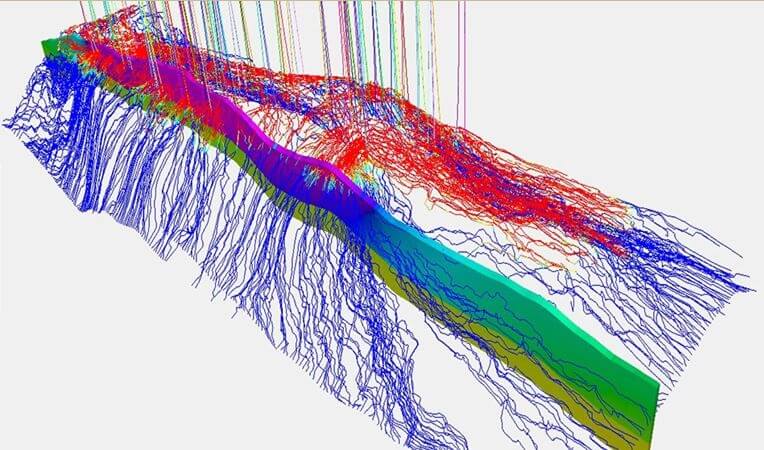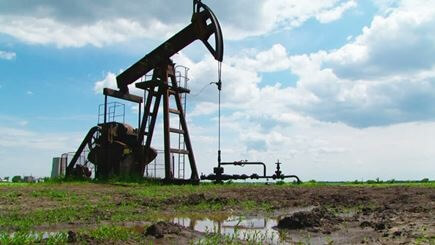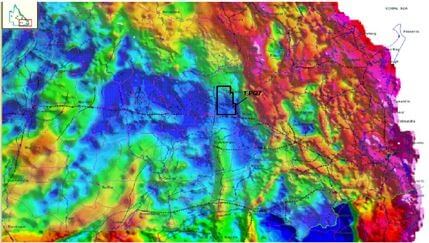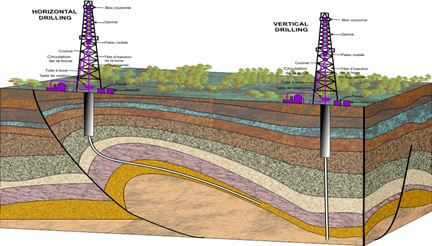WELL TEST DESIGN AND ANALYSIS
ABOUT THE COURSE
The course aims to understand what is the concept of the well testing, the main objectives of well testing, types of well testing, well testing design/timing, how to interpret and analyze the different well tests. What is DST and its uses. What is type of the flow regime? And how to identify the flow regimes from the log-log derivative curve for PBU and PDD tests. How to determine the reservoir parameters, the skin factor, and study the mean reasons behind forming skin and how to avoid its effect on the production. Also, the practical application of well testing theory to design and interpret pressure transient Tests. An integrated approach to well test interpretation is emphasized throughout the course. Class exercises involving hand calculations and real field examples. Participants will be able to apply the knowledge and skills in their job assignments upon the course completion.
WHO SHOULD ATTEND?
- ✔ Reservoir Engineers
- ✔ Reservoir Engineers
- ✔ Production Engineers
- ✔ Geoscientists
- ✔ Reservoir Eeologists
COURSE DURATION: 5 DAYS
LEARNER OUTCOMES
- ✔ What is the well testing.?
- ✔ The main objectives of well testing.
- ✔ Types of well testing and flow regimes.
- ✔ How to determine the reservoir parameters and skin.
- ✔ Identify the flow regimes using Log-Log diagnostic curves.
- ✔ Describe the pressure behavior for common reservoir boundaries.
- ✔ How to design a well test to get the required objectives.
- ✔ Estimate the average drainage area pressure.








